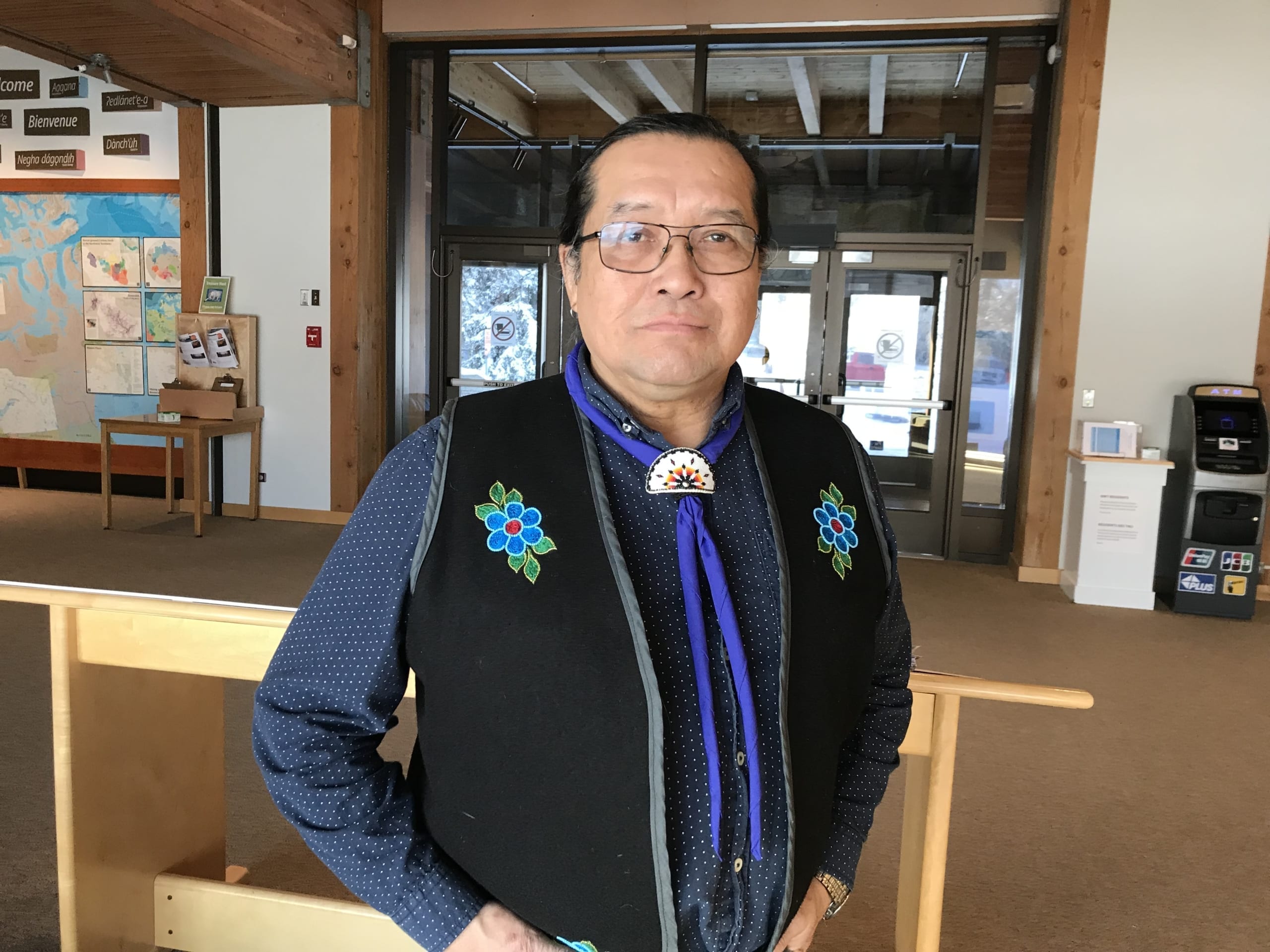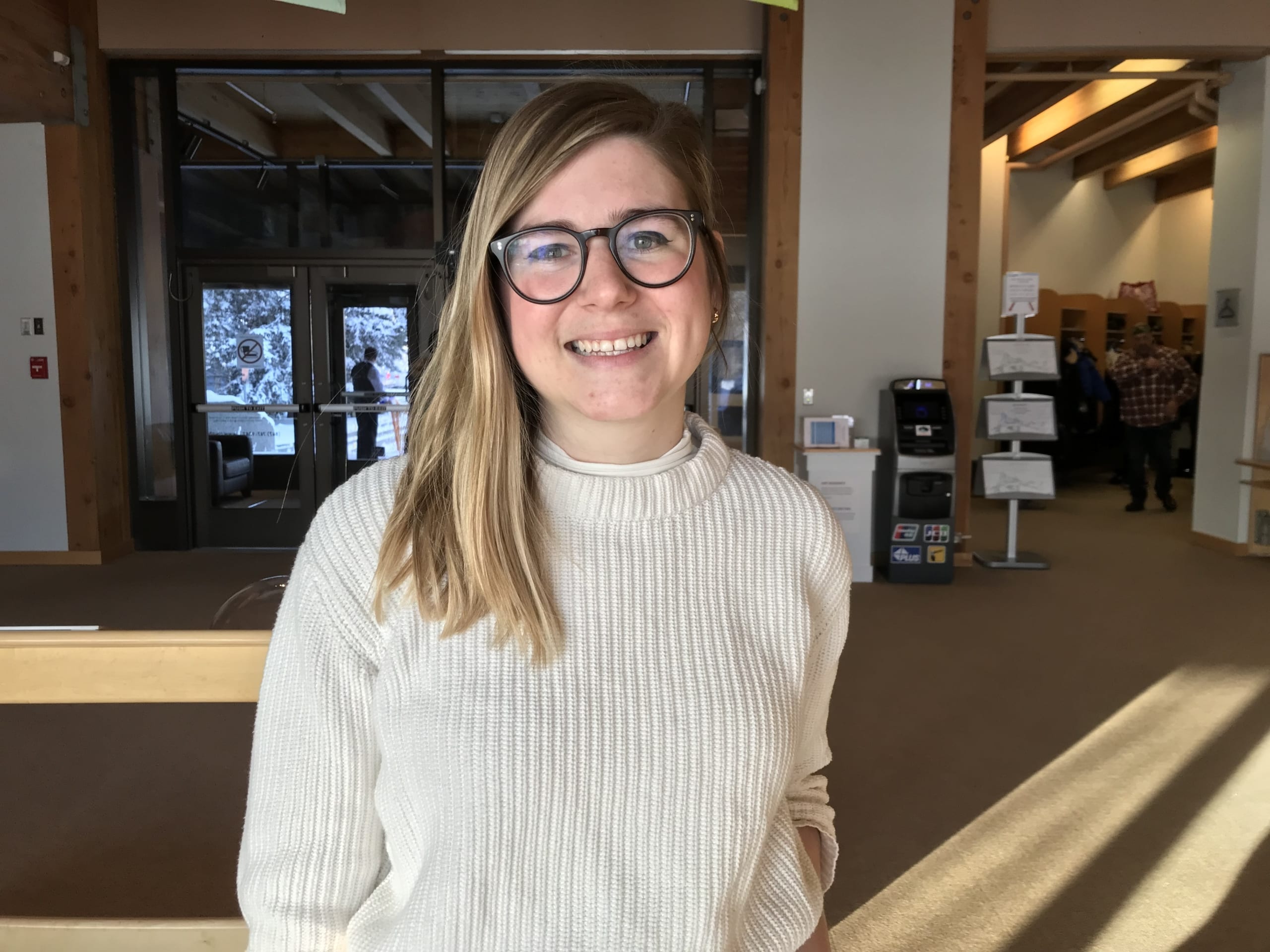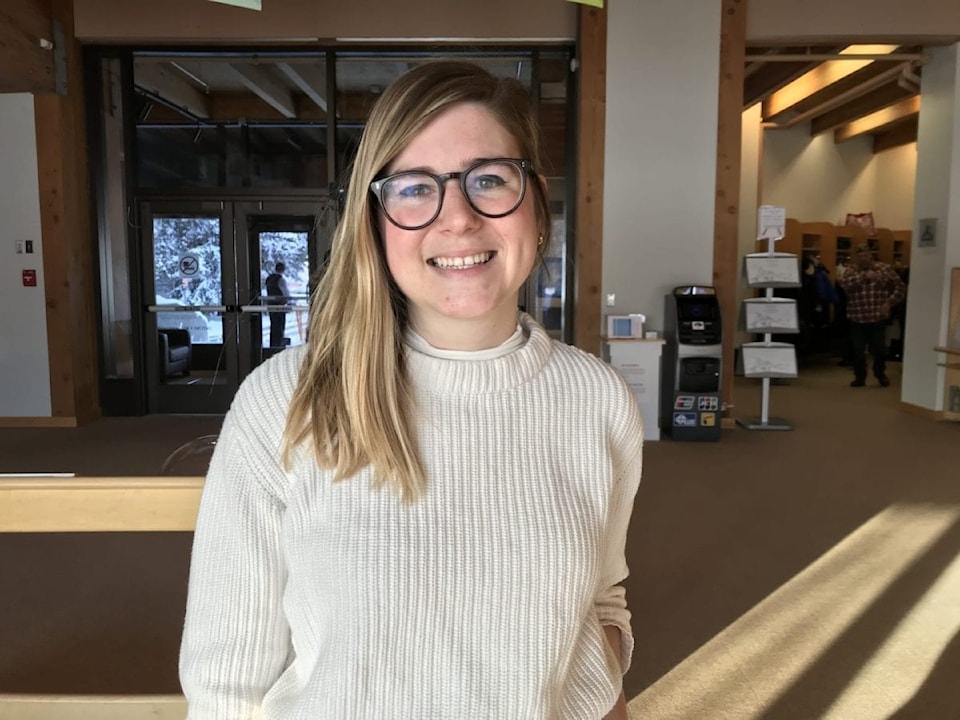All TV news broadcasts typical start the same: the reporter's face appears on the screen, then they tell someone's story.
Eight NWT residents flipped the script on that formula this Saturday at the Prince of Wales Northern Heritage Centre.
Turning Points — a series of short documentaries profiling local residents, including writer Catherine Lafferty, Yellowknives Dene First Nation Chief Ernest Betsina, and Arctic Wellness Foundation executive director Donald Prince — begins each film with residents telling and resolving their own stories.
Presented under the University of British Columbia’s Global Reporting Centre, the project's producers contacted former radio broadcaster William Greenland to act as a liaison.
“(The project addressed) the idea of how journalists cover and Indigenous stories about a very touchy topic, about addictions,” Greenland, who also was a subject of the films, said in an interview. “And sometimes in the past, when journalists did these stories, they made it their own story rather than the individual’s story.”

Nick Pearce/NNSL photo
This can lead reporters to mischaracterize stories in their journalism, he said.
For example, it's an addiction story: “‘Oh, the problem is that they just drink too much.’ And then when those stories come out, ‘people say that’s not my story. That’s the journalist’s story,’" Greenland continued.
Recently, the trend notably presented itself when the New York Times published a story on Cape Dorset that drew backlash from some residents.
“Our story is addictions to us … started out as a coping mechanism to deal with our past trauma. And they never asked us about it (in past reporting),” Greenland said.
Understanding these stories beyond the stereotypes involves including the interviewees in the editing process of each individual piece.
It also involves building trust before telling someone’s story, he said, allowing residents to see themselves in their stories.
This was the practice for Turning Points, he said. It was a good feeling when no one pulled out — proof of concept that they felt accurately represented, according to Greenland.
“It’s because they did their work and they were listening to us.” he said.

Nick Pearce /NNSL photo
Britney Dennison, producer of Turning Points, said the project aimed to approach journalism differently from the parachute model, where journalists drop in to tell stories to far off audiences.
“The stories don’t tend to come back in the communities. They don’t live in the communities. People go without a lot of context, knowledge of the lived realities,” Dennison said.
The production team considered how to do this differently.
The team determined addiction and alcohol use, especially in Indigenous communities, accounted for some of the poorer representations in media.
“We were thinking this is a story that’s very difficult to tell. It’s a challenging story to tell, so we came up with this concept: What if your interviewee was part of your production team?” Dennison said.
The subjects of each story consequently had creative control, and the ability to withdraw if they were unhappy with the process.
They did pre-interviews, where the interviewees outlined what they wanted to say and reporters asked what questions would be helpful. After producing a draft, the interviewees could approve or disprove the content.
“You could tell us you don’t like the first draft. We missed the point. Maybe we need to redo it, maybe we need to re-shoot,” Dennison said.
This isn't usual practice, largely to keep the editorial process independent from the subjects of a story.
There's insight in the changes, however. In the videos, alcohol or addiction is rarely at the forefront, as the stories follow interviewees’ individual paths to healing, education, and resilience.
For Dennison, this presents stories that depart from the usual representations in media, which also benefitted from time and resources that are sometimes unavailable in daily news reporting.
“For the people who don’t know the process and might just stumble across this video, what I’m hoping comes across is a more nuanced story -- a story that is more grounded in context and experience and more true to the person,” she said.
